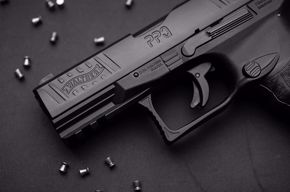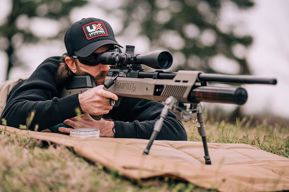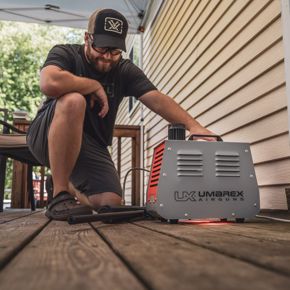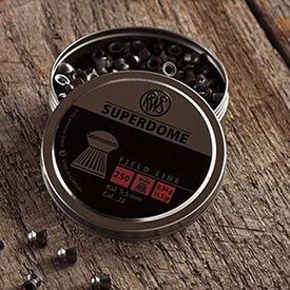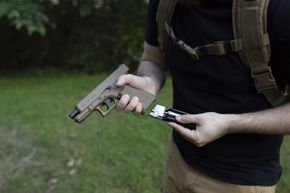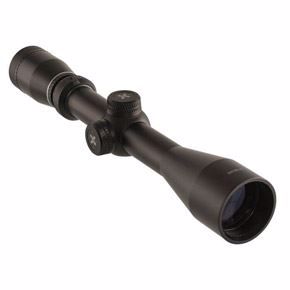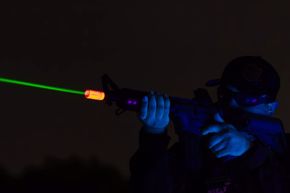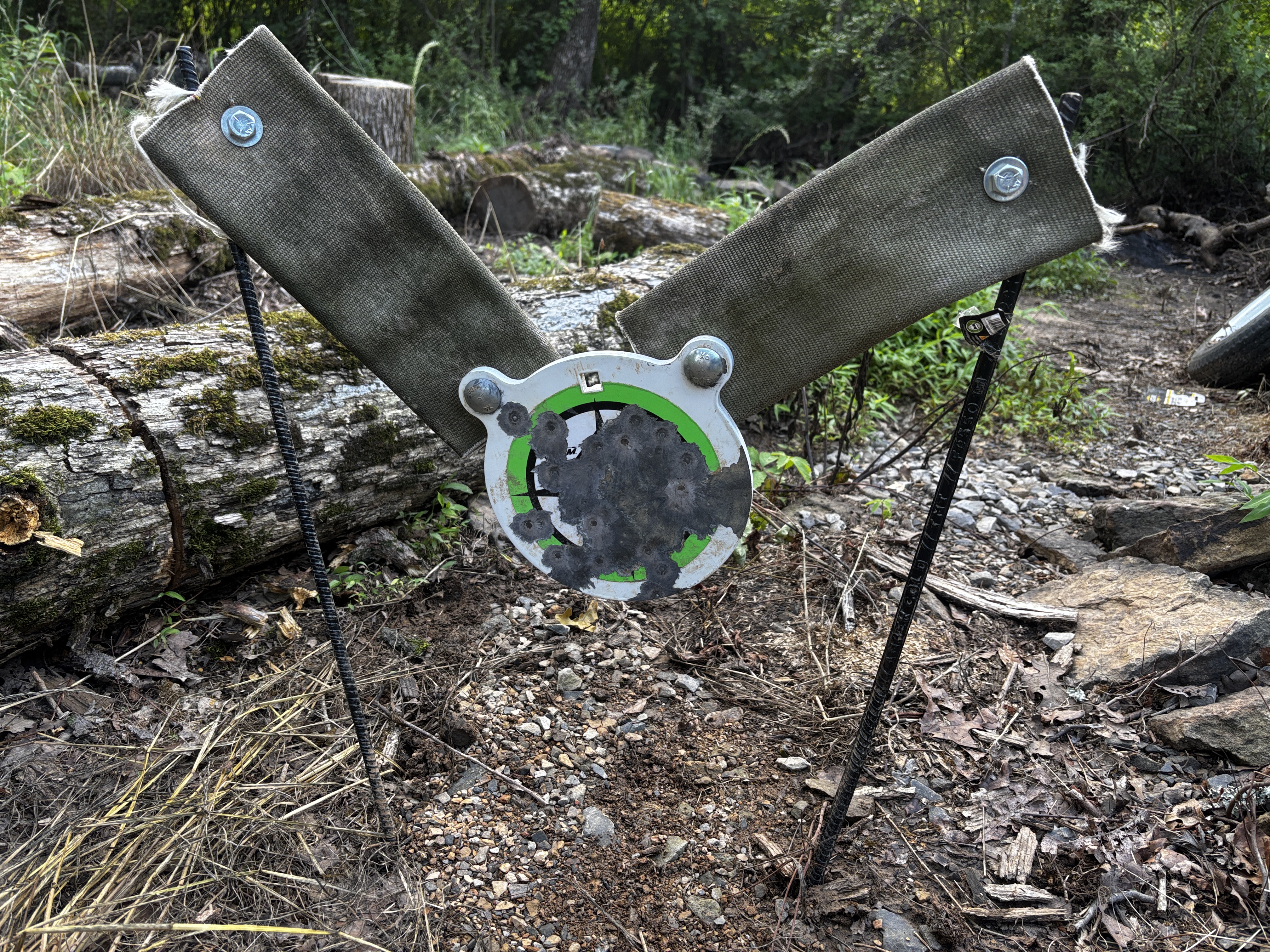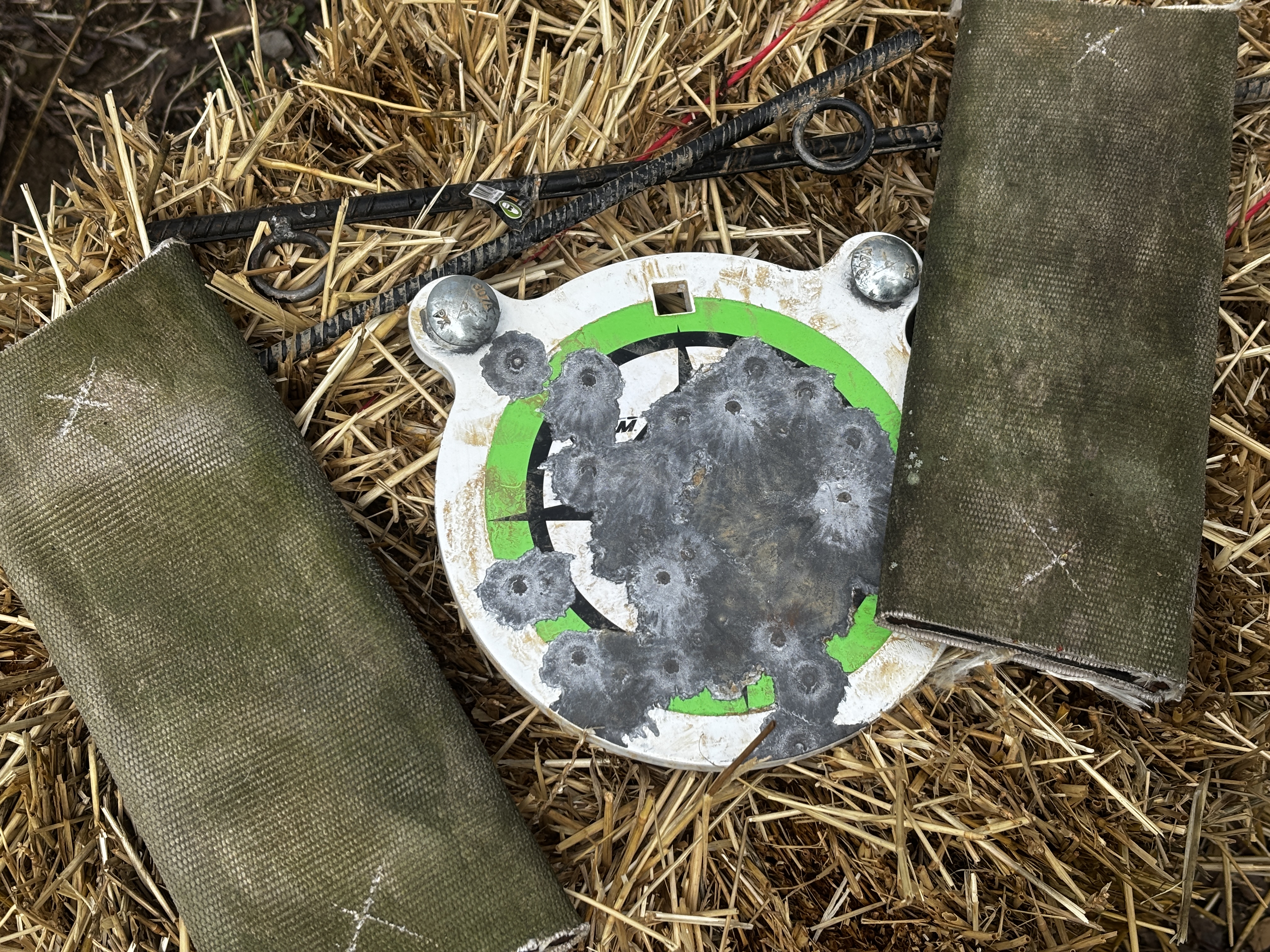Who doesn’t love the prospect of heading out to the range or section of land and taking your favorite airgun or pew-pew with you. That is until you remember that you don’t have a good target or target hanger with you.
For years I have been blessed with a pick-up truck that I could use to haul all manner of shooting paraphernalia within the confines of its bed. My big target stand is, well, big. And heavy. With a 10” plate hanging from it, it weighs about 50 pounds and stands about 60 inches tall. Yeah, it is rather awkward to move about, even with the wheels I put on it. So long as I am hauling it in my truck, it is a fine target setup. However, when I take my Jeep out, there is no way to take this target stand. Unless I strapped it to the hard top it ain’t going with me.
Of course I studied all of the commercially available target stands and found some that looked appealing, but still took up quite a bit of space. I needed all of the minimalism I could get. Plus, I like to build stuff like this from time to time. In this case, the solution was no farther than my local farm and ranch store and a friends scrap pile.
It was on a trip to my local Atwood’s store that I spied a 30” piece of rebar that has a single ring welded to one end of the bar. I picked up a pair of them along with some ½”X2” carriage bolts with matching washers and nuts and a new 8” Champion steel plate. My initial idea was to cut a couple pieces of old nylon tow strap material that would be used to hand the plate from. Then with the help of a soldering torch and an old screw driver, burn holes in either end of the strap sections and bolt everything together. That was until I located a length of old firehose material. Firehose material is extremely durable and makes for one of the best ways to hang a steel target that exists. For the firehose material I chose to just use a utility knife and cut a hole through that would accomodate a 1/2 inch bolt.
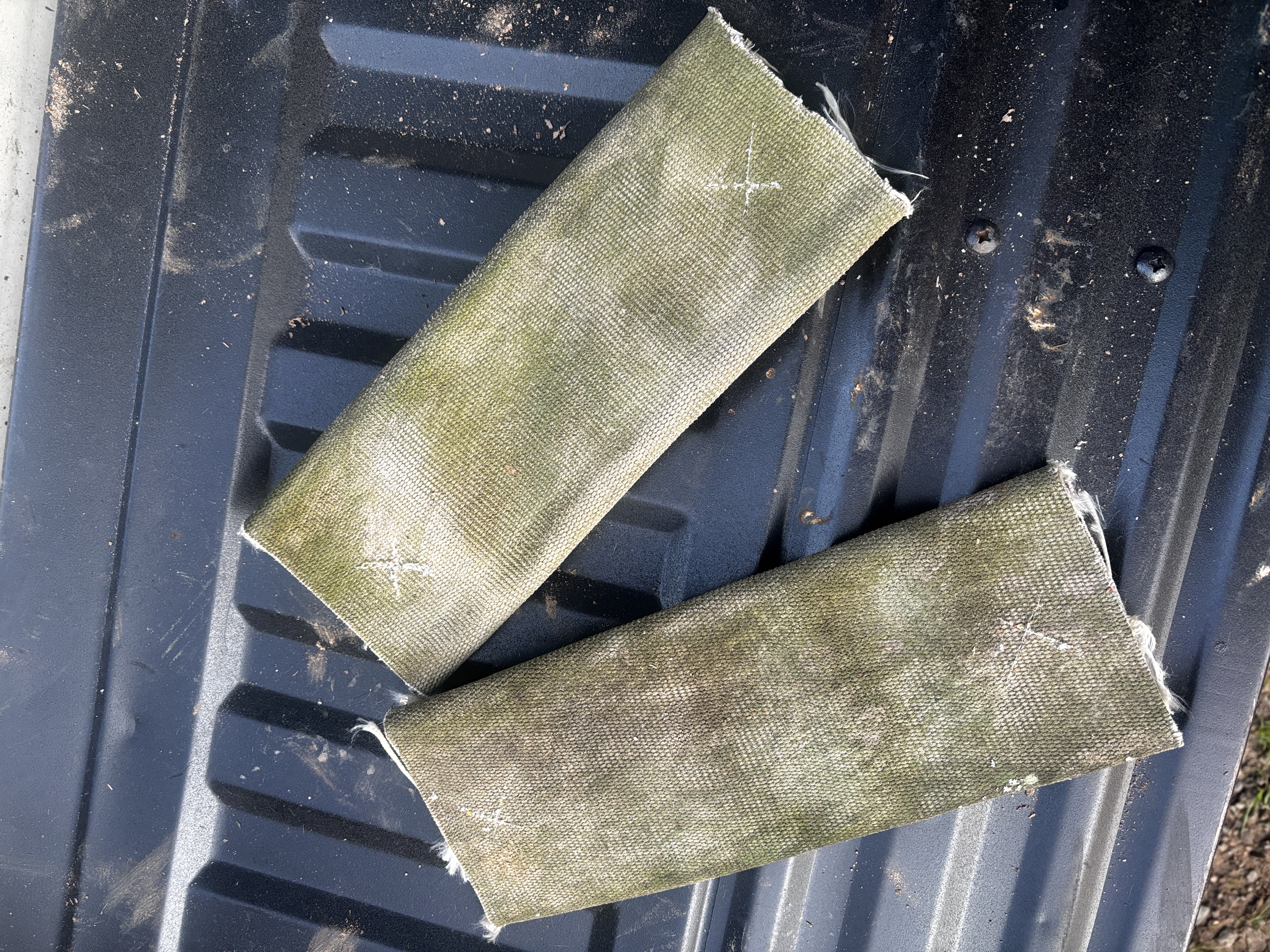
When this was all assemble, I drove the rods into the ground at a slight angle, but this is not necessary. Driving them in straight works just as well. For testing purposes I did not use my Gauntlet .30 SL. No, I figured to go straight to intermediate firearm power. I pulled out my M16A4ish clone with some 55 grain ball ammo and set the target up at 100 yards. I ran through about 40 rounds of 5.56 and was satisfied that the target and its rebar stakes were all working as designed and the FMJ ammo was splashing safely right in front of the target.
From here I retrieved the target from the rifle range and moved it over to a pistol bay. I loaded up my PPQ M1 9mm and began whacking the plate with 115 grain ball ammo. Once again, the target soaked up the impact with no damage to the rebar support rods. I shot about 60 rounds through the PPQ and, due to the quickly setting sun, called it good and packed things up.
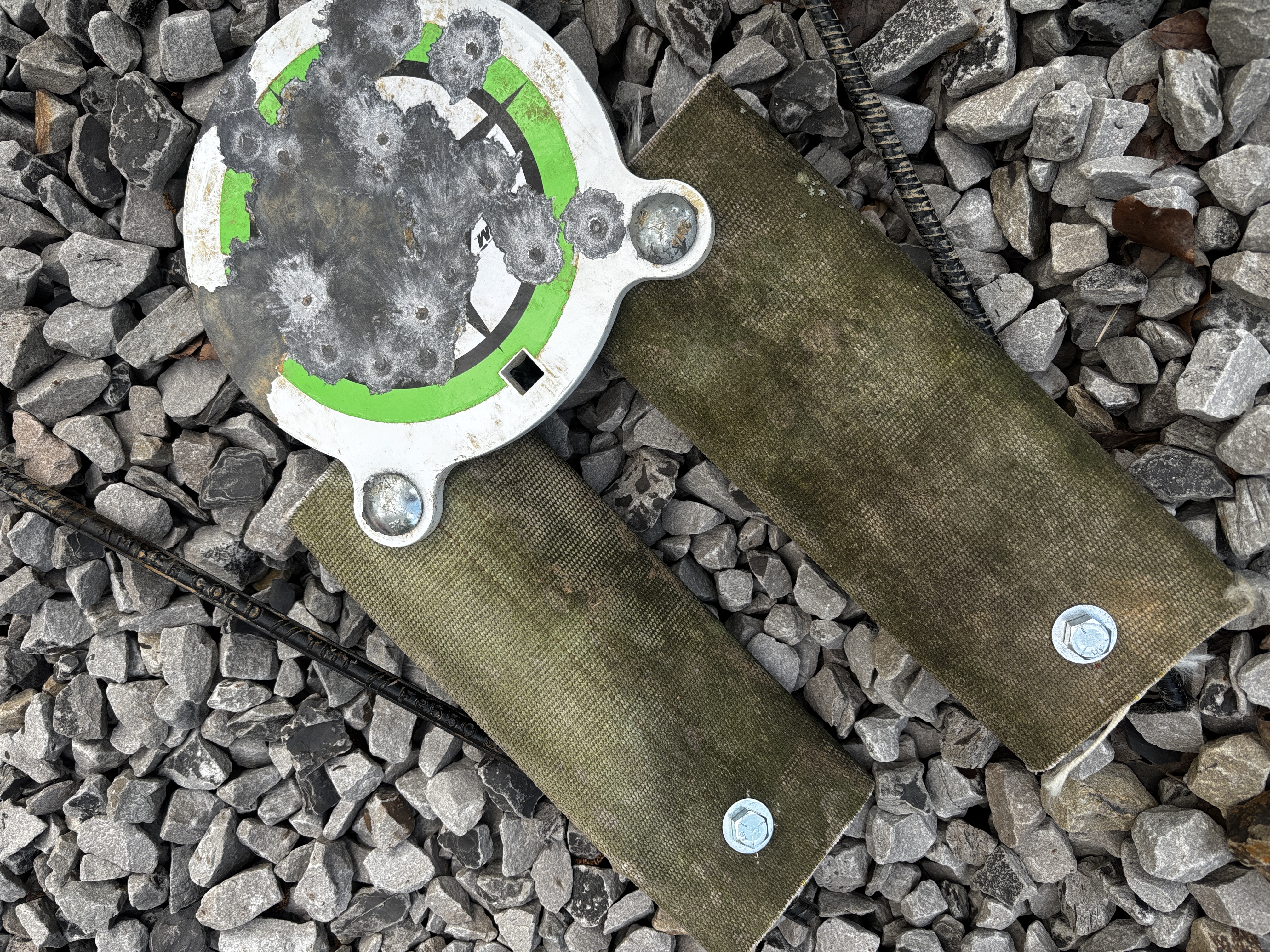
The nice thing about using the strap material is the straps do not transmit vibration in the same way a chain will. The target swings with free motion and settles down in fairly quick succession. Should a shot miss the target and pass through the strap it is no big issue. With a chain, this often becomes a cold-range-let’s-fix-this-thing event. You’ll have to shoot the strap material a lot to cut through enough material to cause it to fail.
The rods I used were less than $5.00 each at the time I purchased them. I plan on picking up several more of them along with some more steel targets so I can set up a range to practice for the upcoming airgun competition season this summer.
Notes
-
Don’t forget your hammer! A BFR (Big Freaking Hammer) is hard to beat for driving the rods into hard soil. A standard framing hammer will work well.
-
The strap length needs to be pretty short. The longer straps that I cut work better with a (not pictured) smaller 4 inch steel target.
-
If you use nylon straps, they need to be singed to keep from fraying. The easiest way to put a hole in the strap for the bolts is to heat the tip of a spike, old screwdriver, or other long piece of steel and press it through the strap material. Do this in a well ventilated area and wear gloves.
- Before shooting sessions, check the bolts for tightness and integrity. If a high-velocity firearm round strikes the bolt head, it will damage it. In general, shooting and transporting the stand will generate vibration that can cause the bolts to loosen. Checking the bolts is just routine maintenance.
- If you don't have any strap material, as your friends. Chances are they might have a frayed tow strap that needs to be retired from their vehicle recovery kit or maybe they have a heavy duty rachet strap that is due to be to be retired. If nothing else, a cheap tow strap can be purchased new from Harbor Frieght for less that $20. Several target hangers can be made from a short 6-10 feet) piece of strap material.
Mark Davis, avid outdoorsman, family man, and outdoors writer is the eCommerce Marketing Manager for Umarex USA.

